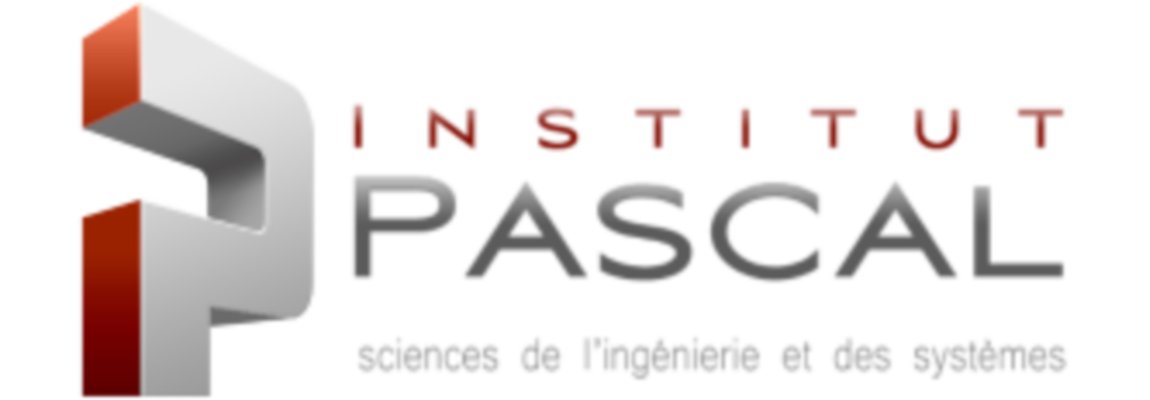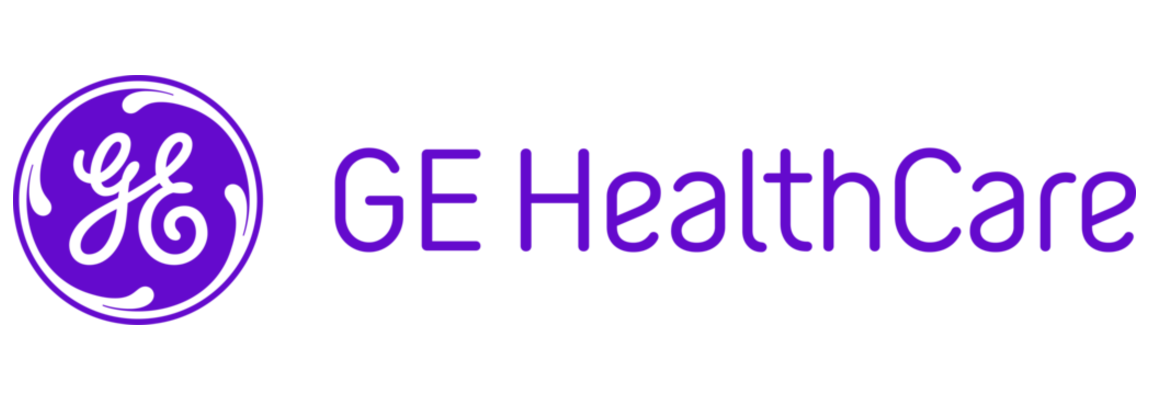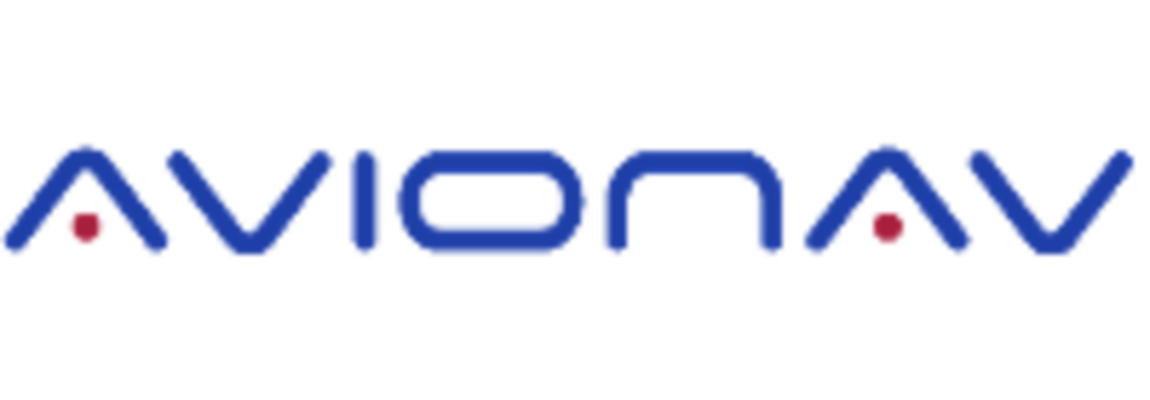Experiences
At ATV Composite, a company specialized in industrial and nautical composite structures, I led the commissioning of a CNC machine and developed a custom trajectory generator. I diagnosed and corrected manufacturing defects, designed jigs, and modified molds to optimize assembly and production processes. I also adjusted parameters to enhance the mechanical performance of composite mast bases, increasing their strength by 50%. This role strengthened my skills in process optimization, CNC machining, and quality control.
From January to March 2025, during a three-month fixed-term contract as a Control & Command Engineer at the Institut Pascal, I worked on the coordination of axes and operating cycles of the printing module. Tasks included developing a Python-based supervisor using a state-machine architecture, integrating limit-switch sensors and inertial measurement units (IMUs), and improving gyroscopic stabilization via a PD controller.
During my final internship at Institut Pascal (April-September 2024), I worked on improving the reliability of a gyroscopically stabilized polar 3D printer prototype. I conducted a system-wide audit to identify mechanical and control gaps, implemented motion control algorithms using inverse kinematics and Jacobian methods, and developed an object-oriented C++ controller on FreeRTOS with multitasking and modular optimization. Mechanically, I improved the Z-axis guidance and replaced elastic transmission with rigid components. The work culminated in the design and validation of a reliable printing system prototype, strengthening my skills in embedded systems, motion control, and applied research.
Between June 2023 and September 2023, my objective at General Electric Healthcare was to convert an existing G-code into a machining program using Creo NC. I began by analyzing and extracting the cutting conditions and tool trajectories from the raw G-code. Utilizing appropriate Creo NC functions, I worked on creating tool trajectories while adhering to profile and machining mechanical constraints. Additionally, I addressed a machining defect related to obtaining oversized threads when tapping with a bottoming tap by adjusting the drilling diameter. Furthermore, I resolved issues related to the post-processor by identifying and rectifying errors in the generated G-code. Ultimately, I succeeded in achieving a easily modifiable machining program, with the defect and post-processor corrected, thereby enhancing efficiency and precision in machining operations at General Electric Healthcare.
During my internship as an assistant engineer at Avionav in July 2022, my objective was to design 3D parts using Solidworks based on existing components. I utilized partial scans of aircraft doors to approximate their shapes and create intersections with reference planes, resulting in polygonal curves. Determining the structure of the parts, including identifying symmetry, axes of revolution, and parameterization, was crucial. The designed parts primarily consisted of fastening elements for landing gear and linkage for connecting ailerons to the frame, as well as the ailerons themselves. This design process relied on reference planes and the use of sweep functions to achieve the necessary shapes and contours. The outcomes of my work included the requested parts, technical drawings, and the Bill of Materials (BOM).
During my initiation internship to enterprise world at Tunisie Télécom in July 2021, my main objective was to familiarize myself with the corporate world. I began by understanding the company hierarchy, learning who manages whom, and adhering to the discipline, including punctuality and adhering to entry and exit protocols. As an assistant to a technician, I supported various tasks, predominantly involving customer site visits for repairs on installations, or cable and fault checks at the telephone exchange center. Following my mentor's instructions closely, I adhered to protocols for conducting tests to ensure information transmission quality. Overall, this experience provided me with valuable insights into corporate structures and operations.




